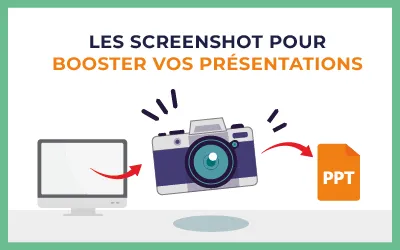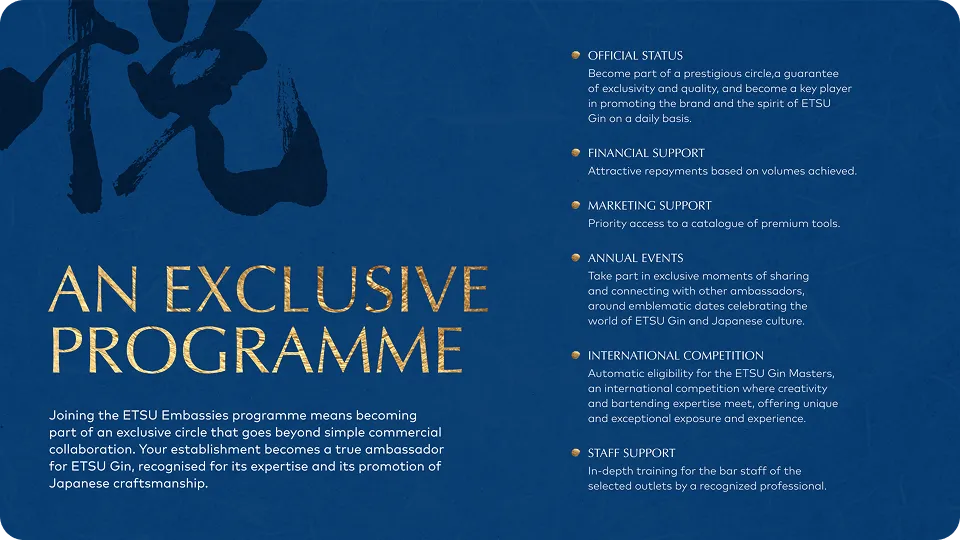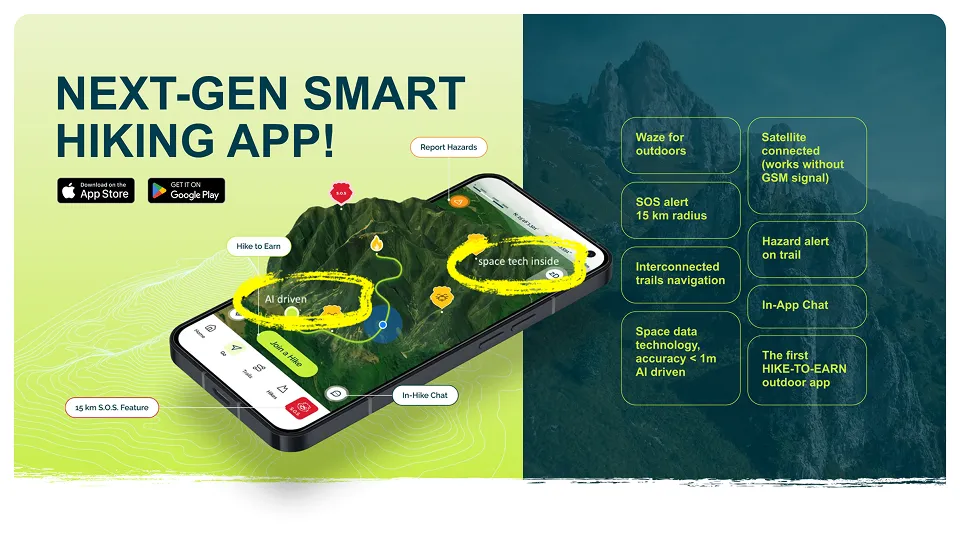21 March, 2025
Practical tips to shine during your public presentation

The success of an oral presentation depends not only on the quality of the information to be presented, but also and above all on the ability and skills of the speaker to transmit this information to the audience. Here are some tips to help you prepare for a public presentation.
1. Language twisters as a way to express yourself more clearly

For effective speech, it is important to have good control of your diction and articulation. To improve your diction there is no secret: you have to work on it! Your language and your voice are instruments that it will be possible to master thanks to regular training. To do this, simple diction exercises will be your best allies. A daily practice of 5 minutes is very effective and of course, it is recommended to repeat them on D-Day, a few minutes before your presentation.
For a fun challenge of articulation, The “tongue twister” is an effective diction exercise, practised by actors and speakers. These are simple sentences whose pronunciation difficulty lies in the repetition of very similar sounds. The best way to practice this exercise is to start repeating these phrases slowly, taking care to pronounce all the sounds correctly, and then pick up the pace:
- Three very fat gray rats in three very big hollow holes
- If I get my elbows wet. Are my elbows getting wet? Yes, my elbows are getting wet
- Am I at dear Serge's house?
- L'hurluberlu bewildered at the moon screams
And who knows, this practice of preparing a presentation could also in some cases guide your evenings with friends or your family meals.
2. The '4-7-8' breathing technique to prepare a presentation

Accelerated breathing, shortness of breath, increased heart rate, dry mouth, dry mouth, sweaty palms, hot flashes, muscle tension... many of the symptoms generated by stress can affect your voice and your ability to deliver a powerful, clear and enthusiastic speech. The good news is that it's possible to prepare for a presentation by learning how to control anxiety in order to get the full potential of your vocal ability.
Before you enter the scene, take a few minutes to work on your breathing This will calm the nerves, calm and focus the mind.
Here are the 4 steps to a successful breathing exercise:
- Take a deep diaphragmatic breath for 4 seconds. (You should feel your tummy swelling up.)
- Hold your breath for 7 seconds.
- Exhale gently through your mouth, also counting 8 seconds.
- Repeat this exercise several times until you feel your nervousness subside.
3. Your eyebrows in circumflex accents

Body language can make all the difference between a dull, static presentation and a dynamic, engaging presentation. When your body language works hand in hand with other aspects of your presentation, such as content and tone of voice, you're sure to win your audience.
How you hold yourself is extremely important and sets the tone for the entire presentation before it even starts. Your posture should be straight and open. This will make you feel more confident and this attitude will capture the attention of your audience rather than repel them.
Giving a presentation with an empty face, with no particular facial expression, is like speaking monotonously, no matter how good your content is, your audience will not be involved. A simple tip to prepare a presentation is to Repeat your speech in front of the mirror and indulge in this Facial twist exercise :
- Open your eyes wider
- Raise your eyebrows slightly in the form of a circumflex accent
- Smile calmly
- Repeat your speech several times
Eye contact is crucial when it comes to communication. Looking in the same place throughout a speech is visually dull and unengaging for the audience. Make sure that by the end of your presentation, you've made eye contact with everyone at least once, this can mean each individual if you have a small audience, or each part of a crowd if you have a larger audience.
4. Repeat your first few sentences to prepare for a presentation

The introduction is the most important part of your presentation. It's the first impression you'll make on your audience and it's an opportunity not to miss to get their undivided attention. However, that first moment when you start talking is often the most difficult. Being ready and knowing what to say will help you feel confident before your speech.
Here are our tips for getting off to a good start:
- Prepare the first few sentences of your presentation that you will learn by heart. Knowing your introduction by heart will propel you directly onto the right track. Prioritize risk 0 over the charms of improvisation. These first sentences mastered will break the apprehension and stress of the rest of your intervention.
- Warning: do not learn by heart beyond the introduction. If you master your subject, your natural self will know how to do the rest.
- We recommend starting with a warm welcome and introducing yourself.
- Consider preparing an introduction that includes your name and position or why you are an expert on your subject.
5. Don't write everything in your slides

The brain is made like this, when you write all your texts in your slides, it inevitably ends up locking you in. Patatraa! You are now in the trap of reading slide word for word..
A good PowerPoint presentation should contain the key elements that will need to be developed in your speech. The trick to preparing a presentation is to Prepare notes and here is the best way to do it:
- Print your notes by choosing a large legible font such as: Arial, 18 pts, bold.
- Highlight the elements of your speech that you want to focus on
- On your notes, change the page for each slide.
- Same as on your slides, don't write everything in your notes so as not to drown yourself in them.
6. The 1664 method for preparing a presentation

In the same way that it is easier to learn to juggle 3 balls before trying with 5, it will be easier to venture into PowerPoint with a delimited frame. In this sense, the 1664 method is very practical for laying the foundations for a presentation. For those who do not know it, this method does not consist in finding inspiration in intoxication but in respect the following 4 points :
- 1 Guiding idea by slide
- 6 maximum text lines
- 6 words per line maximum
- 4 maximum colors
Once you have mastered this principle, nothing prevents you from going to add a little complexity or why not from going to sip a small beer.
For other exercises to prepare for your public presentation, you can also consult this page: “13 exercises to prepare for public speaking”
If you need to present on Microsoft Teams, check out our article “Our advice for a successful Microsoft Teams meeting” if it is not already done. That way you will have all the keys to prepare a presentation.
The care you take to personalize your presentation material reveals your interest in your own work, but it is also a sign of respect for your listeners! Do not hesitate to contact Pokeslide, the Powerpoint agency. We'll help you make your presentations a success.
Our articles in the same theme:
.svg)














